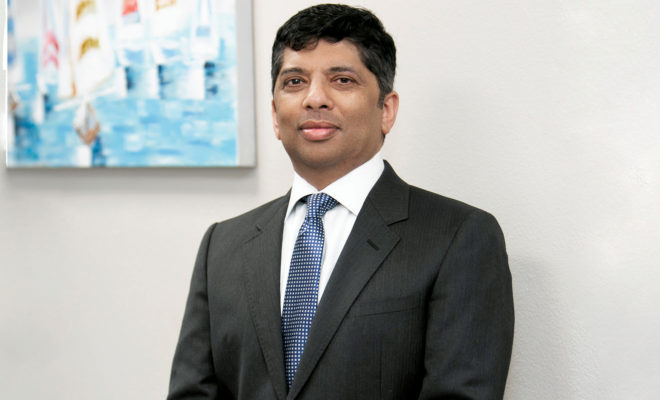
Health & Wellness
InHealth: Sleep Disorders
By Sanjay Yathiraj, M.D.
“O sleep! O gentle sleep! Nature’s soft nurse.”
— William Shakespeare
The irony is most adults born with sleep issues were able to do so without any difficulties as newborn infants. Newborn infants are born knowing how to sleep. However, this ability is lost when problems with sleep arise in adults.
Since antiquity, several thousand years ago physicians have noted good quality of sleep is essential for good health.
The human brain has an internal clock intricately balancing two opposing factors – homeostatic and circadian drive. The propensity to go to sleep versus propensity to stay awake respectively. Sleep time depends on age.
Sleep is organized into REM sleep versus non-REM sleep. REM stands for “rapid eye movement” and is typically when dreams occur. Non-REM sleep consists of stage I, stage II and deeper wave sleep. Deep sleep is typically when the body and brain perform maintenance functioning. Sleep problems include difficulties in falling asleep called insomnia, peculiar behavior during sleep called parasomnias, as well as excessive daytime somnolence or propensity to sleep too much during the day.
The treatment of insomnia consists of lifestyle changes referred to as behavior modifications and medications. The first step of treating insomnia is good “sleep hygiene. “ This consists of changing the bedroom environment to be quiet without television. The bedroom should be used only for sleep and intimacy. If no sleep occurs within 30 minutes, then get out of the bedroom. The wake-up time should be set the same every day. Avoid excessive alcohol since it can initially help the patient falls asleep, but the second part of the night sleep will be fragmentary.
Over-the-counter sleep aids, such as antihistamines, should be used with caution since one-half of the medication can remain in the body for 12 hours. Typically pharmaceutical sleep aids have the risk of loss of efficacy and older medications increase risks of falling in the elderly. Severe insomnia patients should see a sleep specialist board-certified physician in sleep medicine.
The second type of sleep problem is called “parasomnias” which are peculiar behaviors in asleep. For example, sleep talking which is benign. However, if new behaviors start to occur during sleep such as acting out dreams or sleepwalking, than follow-up with a medical sleep specialist is advised.
The third type of sleep disturbance is called “excessive daytime somnolence” which occurs when the quality of sleep is poor. The most common cause of excessive daytime somnolence (EDS) is a lack of an adequate amount of sleep time. Obstructive sleep apnea is also another risk factor for EDS. Risk factors include snoring, fatigue, observed stop breathing episodes, high blood pressure, morbid obesity, small throat size, 16 in neck size in women in 17 injury neck size in men.
Hopefully, this will give you an overview of underlying issues with sleep. We have already discussed why a good night of sleep is essential, with three types of sleep disorders consisting of insomnia, parasomnia, and excessive daytime somnolence. These issues can be successfully treated by a board-certified sleep medicine specialist physician.
Sanjay Yathiraj, M.D.
Palma Sola Neurology Associates
2902 59th Street West, Suite D
Bradenton Florida 34209-7021
Office: 941-877-7007
Facsimile: 941-238-9119
dryathiraj@psna.biz



You must be logged in to post a comment Login